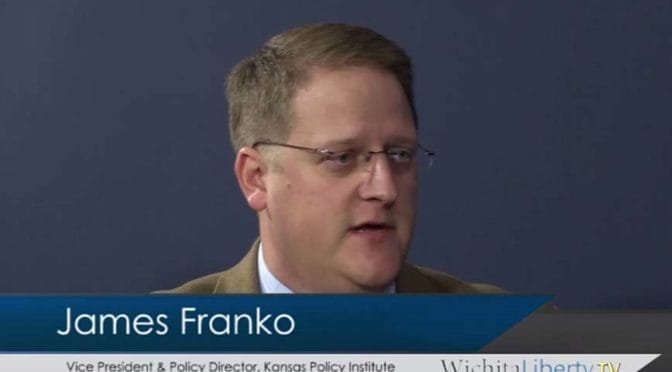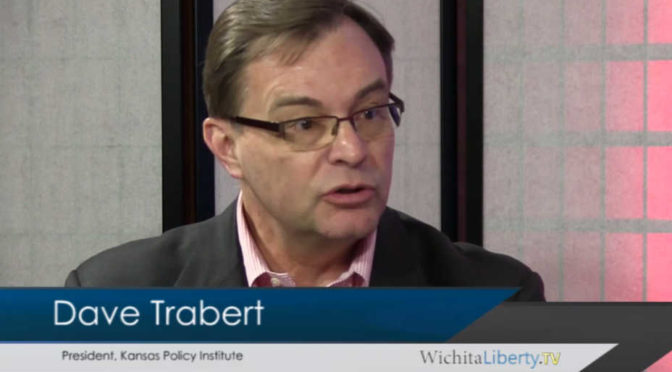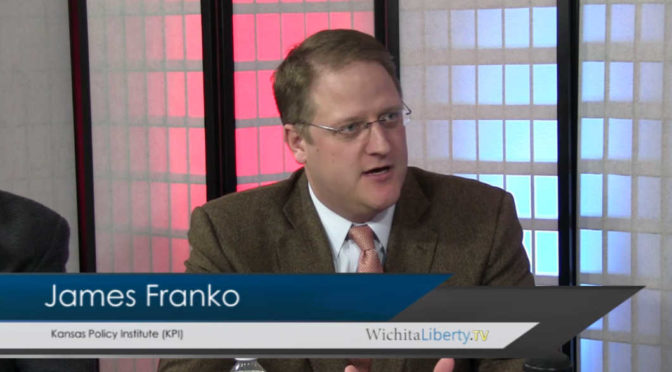Tag: Kansas Policy Institute

WichitaLiberty.TV: Kansas State of the State for 2018
James Franko of Kansas Policy Institute joins Karl Peterjohn to discuss Governor Brownback’s State of the State Address for 2018. Topics include schools and Medicaid expansion.

Wichita job growth
Wichita economic development efforts viewed in context.

Deconstructing Don Hineman
Another Kansas legislator explains why raising taxes was necessary. So he says.

WichitaLiberty.TV: James Franko, Kansas Policy Institute
In this episode of WichitaLiberty.TV: James Franko of Kansas Policy Institute joins Bob Weeks and Karl Peterjohn. Topics are the new Kansas school finance bill and the new tax bill.

WichitaLiberty.TV: Kansas Policy Institute President Dave Trabert
Kansas Policy Institute Dave Trabert joins Bob Weeks and Karl Peterjohn to discuss the Kansas economy, budget, and schools.

WichitaLiberty.TV: James Franko of Kansas Policy Institute
James Franko of Kansas Policy Institute joins Bob Weeks and Karl Peterjohn to discuss education in Kansas and the state budget.

Kansans say no to more taxes
A statewide poll finds little support for raising taxes as a way to balance the Kansas budget.

Public education factbook for 2017
The fifth edition of data on public schools in Kansas is available.

Understanding job growth and the Kansas tax reforms
Commissioned by Kansas Policy Institute and written by researchers from Arizona State University, a new report looks at the Kansas economy after the tax reforms passed in 2012.








